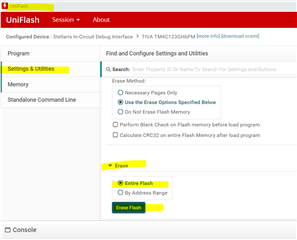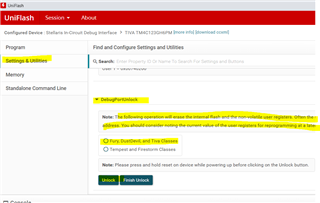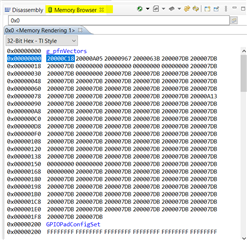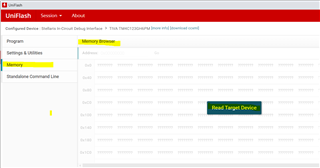Other Parts Discussed in Thread: UNIFLASH,
Tool/software:
Hi,
How can I write and read the FMD, FMA, and FMC registers?
(I plan to select UART as the serial interface)
If the GPIO is in the specified state when the device is reset, the ROM bootloader is invoked.
I would like to use this method to call the ROM bootloader.
To do this, I would like to configure the BOOTCFG register.
To configure the BOOTCFG register, I must write and read the FMD, FMA, and FMC registers.
Literature Number: SPMU301E
Of the serial commands described in the above document, if I use the following commands, will it be possible to write to the FMD, FMA, and FMC registers?
COMMAND_DOWNLOAD = 0x21
COMMAND_SEND_DATA = 0x24
There seems to be no serial command to read registers.
How can I read the FMD, FMA, and FMC registers?
Regards,
Toru





